swamp milkweed
(Asclepias incarnata ssp. incarnata)
Conservation • Wetland • Description • Habitat • Ecology • Use • Distribution • Taxonomy
Description |
Swamp milkweed is an erect, perennial forb. One to several stems rise from a short, fibrous rhizome. It often grows in clumps. The leaves and stems contain a milky juice. The stems are erect and usually repeatedly branched above the middle. They are usually hairless except for a vertical line of hairs on each side between the leaf nodes on the upper half. The leaves are opposite, untoothed, 4″ to 7″ long, 1″ to 2″ wide, and lance-shaped or oblong. They gradually taper to a sharp point. They are attached to the stem on short leaf stalks. The lower surface is hairless. The inflorescence is usually several large, dense, umbrella-shaped clusters (umbels) rising from the upper leaf axils and at the end of the stem. The clusters are 3″ to 4″ in diameter and erect on a hairy, 2″ long stalk. They typically have 20 to 30 flowers. The structure of the typical milkweed flower is unique and instantly recognizable. There are 5 petals bent backward at the base and hanging downward. Subtending the petals are 5 much shorter, light green, lance-shaped sepals. There are 5 stamens. Formed from the filament of each stamen is a petal-like appendage. The appendage consists of a tubular hood surrounding an awl-shaped horn in the center of the hood. The stamens and the stigma are fused together into a crown-like structure (gynostegium). Each stigma has a long slit designed to catch the legs of a pollinating insect. A small, dark, sticky gland above this slit is attached to pollen sacs from adjacent anthers. These glands are designed to break off as an insect pulls its leg free of the slit, and remain attached to the insects leg. The flowers are pollinated by larger insects strong enough to lift off with the pollen sacs attached. Smaller insects are caught in a death trap or leave behind their detached legs. The flowers of this plant are shaped like the typical milkweed flower and are fragrant. They are ⅜″ tall and ¼″ wide. The petals are pink to red. They bend backward at the base, hang downward, then curl upward near the tip. They are separated from the hoods by a distinct column. The horns are much taller than the hoods. They project from the hoods and are curved inwards. The fruit is a narrow, spindle-shaped pod. It is 3″ to 5″ long and hairless. It is held erect on an erect stalk. It opens on one side exposing the seeds to spreading by the wind. The seeds have a tuft of silvery-white, silky hairs at the tip. |
Height |
2′ to 5′ |
Flower Color |
Pink or red |
Similar Species |
Common milkweed (Asclepias syriaca)stems are unbranched and hairy. The upper surface of the leaves are softly hairy. The umbels have 20 to 130 flowers. The horns are shorter than the hoods. The fruits are fat and are covered with warts. Purple milkweed (Asclepias purpurascens) stems are unbranched and are covered with short, fine, soft hairs. The leaves are wider, elliptical or oblong, and downy on the underside. The umbels have up to 50 flowers. The horns are much shorter than the hoods. |
Habitat |
Wet to moist. Open swamps, marshes, streambanks, ditches, wet prairies, wet fields, meadows. Full sun. |
Ecology |
Flowering |
June to August |
Faunal Associations |
Milkweeds are the only plants that Monarchs lay their eggs on. The eggs are laid on the underside of healthy young leaves. |
Toxicity |
This and other milkweeds contain cardiac glycosides and may be poisonous to both humans and livestock. |
Pests and Diseases |
|
Use |
|
Distribution |
||
|
Sources |
|
| 8/3/2024 | ||
Nativity |
||
Native |
||
Occurrence |
||
Common |
||
Taxonomy |
|
Kingdom |
|
Subkingdom |
Pteridobiotina |
Phylum |
Tracheophyta (Vascular Plants) |
Class |
|
Order |
Gentianales (Gentians, Dogbanes, Madders, and Allies) |
Family |
Apocynaceae (dogbane) |
Subfamily |
Asclepiadoideae (milkweeds) |
Tribe |
Asclepiadeae |
Subtribe |
Asclepiadinae |
Genus |
|
Subordinate Taxa |
|
|
|
Synonyms |
|
Acerates incarnata Asclepias albiflora Asclepias amoena Asclepias incarnata f. albiflora Asclepias incarnata f. candida Asclepias incarnata f. rosea Asclepias incarnata var. glabra Asclepias incarnata var. incarnata Asclepias incarnata var. longifolia Asclepias maritima Asclepias maritima Asclepias verecunda |
|
Common Names |
|
marsh milkweed rose milkweed swamp milkweed western swamp milkweed |
|
Glossary
Axil
The upper angle where the leaf stalk meets the stem.
Gynostegium
A crown-like structure of plants of the genus Asclepias formed by the fusion of the anthers with the stigmas.
Linear
Long, straight, and narrow, with more or less parallel sides, like a blade of grass.
Rhizome
A horizontal, usually underground stem. It serves as a reproductive structure, producing roots below and shoots above at the nodes.
Umbel
A flat-topped or convex, umbrella-shaped cluster of flowers or buds arising from more or less a single point.
Visitor Photos |
||
Share your photo of this plant. |
||
This button not working for you? |
||
Dan W. Andree |
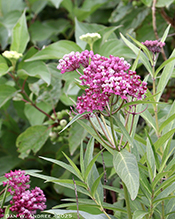 |
Another Interesting Wildflower |
Luciearl |
||
 |
 |
|
 |
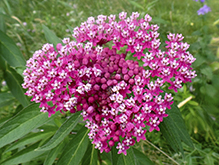 |
|
Wayne Rasmussen |
||
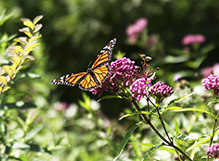 |
||
| Monarch on swamp milkweed |
|
|
MinnesotaSeasons.com Photos |
||
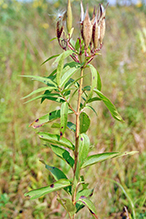 |
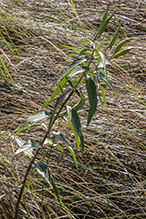 |
|
Plant |
Plant |
|
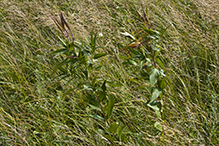 |
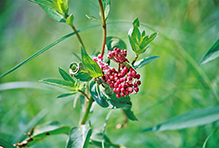 |
|
Plant |
Buds |
|
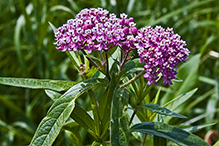 |
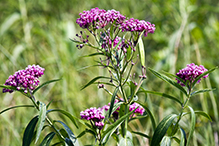 |
|
Inflorescence |
Inflorescence |
|
 |
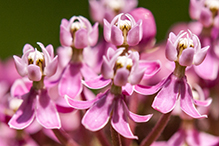 |
|
Flower |
Flower |
|
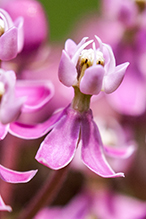 |
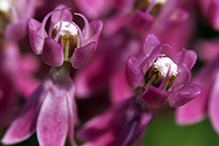 |
|
Gynostegium |
||
|
||
|
||
Flower |
|
|
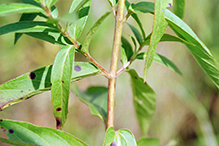 |
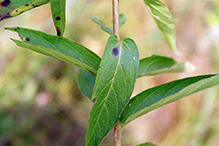 |
|
Leaves |
Leaves |
|
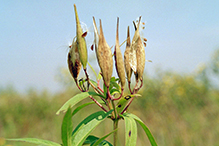 |
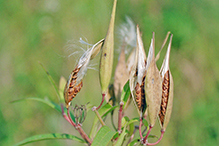 |
|
| Infructescence | Infructescence |
|
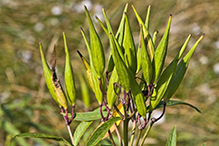 |
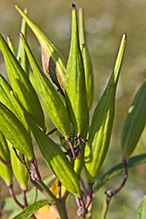 |
|
Infructescence |
||
|
||
|
||
Infructescence |
||
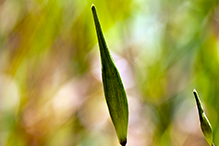 |
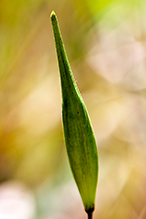 |
|
Fruit |
||
|
||
|
||
Fruit |

Slideshows |
Swamp Milkweed (Asclepias incarnata) |
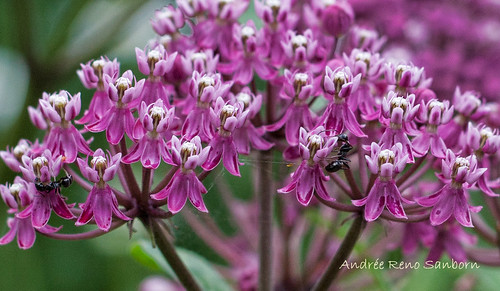
|
Asclepias incarnata SWAMP MILKWEED |
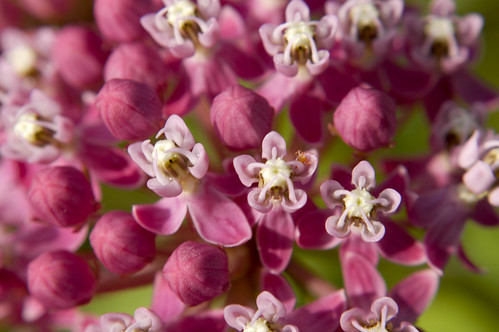
|
A. incarnata |

|
About
Swamp Milkweed |

Visitor Videos |
||
Share your video of this plant. |
||
This button not working for you? |
||
|
Other Videos |
||
Minnesota Native Plant - Swamp Milkweed (Asclepias Incarnata) |
About
Published on Jul 15, 2013 Swamp Milkweed is the focus of this Minnesota Native Plant video. Common to swamps, streams and ponds around Minnesota, it's a beautiful plant for the native garden. |
Swamp Milkweed - Asclepias incarnata blooming at Ion Exchange |
About
Uploaded on Aug 1, 2011 Earthyman views Swamp Milkweed (Asclepias incarnata) in full bloom at Ion Exchange in Northeast Iowa. http://www.ionxchange.com |
Swamp Milkweed |
About
Uploaded on Aug 7, 2008 Chicagoland Gardening Magazine editor Carolyn Ulrich discusses swamp milkweed, a native prairie plant. |
MrILoveTheAnts |
About
Uploaded on Jul 29, 2011 What I believe to be Asclepias incarnata, Swamp Milkweed, growing out in a wetland field. I've never seen this species grow as a single stem before. |
Monarch larva eating Swamp Milkweed |
About
Uploaded on Feb 2, 2011 |

Visitor Sightings |
||
Report a sighting of this plant. |
||
This button not working for you? |
||
Dan W. Andree |
Location: Dalby WMA, Norman Co. Mn. |
 |
| Luciearl 7/29/2024 |
Location: Lake Shore, MN |
 |
| Luciearl 7/17/2019 |
Location: Lake Shore, Cass County |
 |
| Wayne Rasmussen 7/26/2016 |
Location: Joy Park |
 |
| Wayne Rasmussen 7/20/2016 |
Location: Joy Park |
 |
MinnesotaSeasons.com Sightings |
||
Avon Hills Forest SNA, North Unit Bertram Chain of Lakes Regional Park Charles A. Lindbergh State Park Clifton E. French Regional Park Lake Alexander Woods SNA, South Unit Margherita Preserve-Audubon Prairie Minnesota Valley NWR, Long Meadow Lake Unit Minnesota Valley NWR, Louisville Swamp Unit Mound Spring Prairie SNA, North Unit Northern Tallgrass Prairie NWR, Hoffman Unit Northern Tallgrass Prairie NWR, Touch the Sky Prairie Unit P.N. and G.M. Nelson Wildlife Sanctuary Pembina Trail Preserve SNA, Crookston Prairie Unit Pembina Trail Preserve SNA, Pembina Trail Unit Richard M. & Mathilde Rice Elliott SNA |

|
Created: 12/25/2011 Last Updated: © MinnesotaSeasons.com. All rights reserved. |

